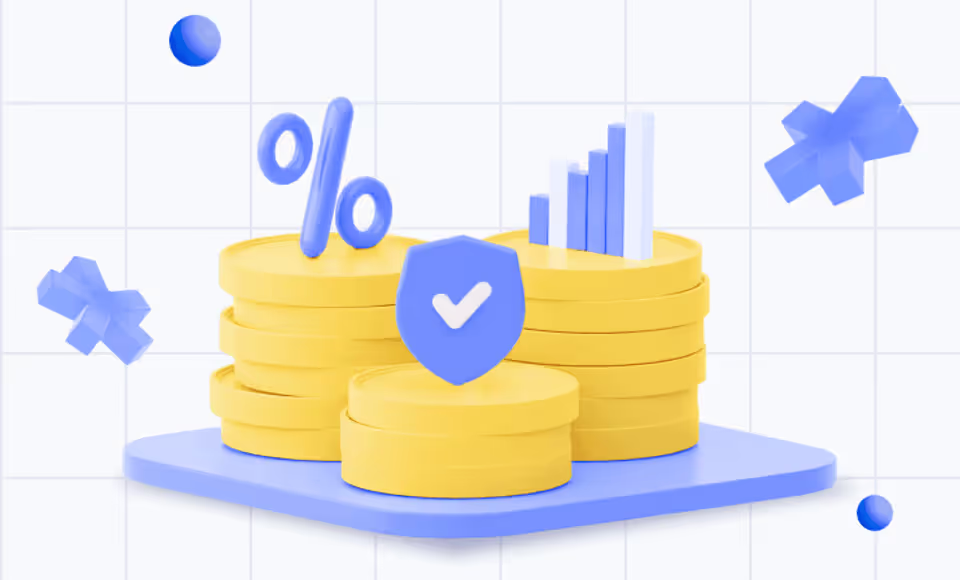Call Loan Rate Explained
A call loan rate represents the short-term interest that banks levy on loans granted to broker-dealers. It facilitates brokers in covering loans extended to clients for margin accounts.
Basics
Broker-dealers and their clients involved in margin trading rely heavily on call loan rates, which represent the short-term interest that banks levy on loans granted to them. Margin accounts, where broker-dealers lend clients money to buy securities, rely on call loans to manage their cash flows. When a broker-dealer loans money to a client for margin trading, a call loan is established with a bank. This ensures the broker has the necessary funds to cover the client's loan.
The critical aspect of call loan rates lies in their calculation, which determines the cost of margin loans. Brokers typically price margin loans by adding a premium to the call loan rate, enabling them to generate profits from these transactions. Often referred to as a broker's call, the call loan rate is subject to daily adjustments based on various factors, including market interest rates, supply and demand of funds, and overall economic conditions. Its values are published in prominent financial publications like the Wall Street Journal and Investor’s Business Daily.
How Margin Accounts Operate
Margin accounts play a fundamental role in facilitating leveraged trading for investors. In this arrangement, brokerages lend clients money to purchase securities, utilizing the securities held in the account as collateral. This leverage enables investors to buy securities worth up to twice the amount they deposit, potentially magnifying both profits and losses.
To open a margin account, clients need approval and must meet a minimum initial deposit requirement known as the minimum margin. Once approved and funded, investors can borrow up to half of the purchase price of their desired securities. However, if the account value drops below a predetermined maintenance margin level, the broker will either request additional funds from the account holder or liquidate some positions to offset the loan.
Call Loan Rate Example
Let's consider a practical scenario involving a borrowed fund rate to enhance understanding. Imagine Sarah plans to acquire 800 shares of corporation ABC, which cost a total of $60,000. Without the complete funds, she initiates a margin account with Broker XYZ. She puts down $30,000 as a deposit and secures a loan for the remaining $30,000 from the broker, subject to a 3.5% interest rate.
In order to provide the necessary funds for Sarah's loan, Broker XYZ obtains $30,000 from Bank PQR, incurring a borrowed fund rate of 1.5%. The 1.5% disparity between the borrowed fund rate and the interest imposed on Sarah constitutes the margin loan rate, representing the profit earned by Broker XYZ. If Bank PQR decides to reclaim the loan amount of $30,000 along with interest after a span of four days, Broker XYZ is bound to comply, as this arrangement follows the principles of a borrowed fund arrangement.
Conclusion
In the dynamic field of finance, call loan rates are significant as they support the process of broker-dealers managing cash flows for margin trading. These rates, which usually come with a premium, are used to determine the price of margin loans. By using margin accounts, investors can engage in leveraged trading, which has the potential for profit enhancement but also carries the risk of amplified losses. Understanding call loan rates is essential for comprehending the mechanics of margin trading and its associated intricacies.
